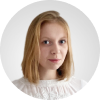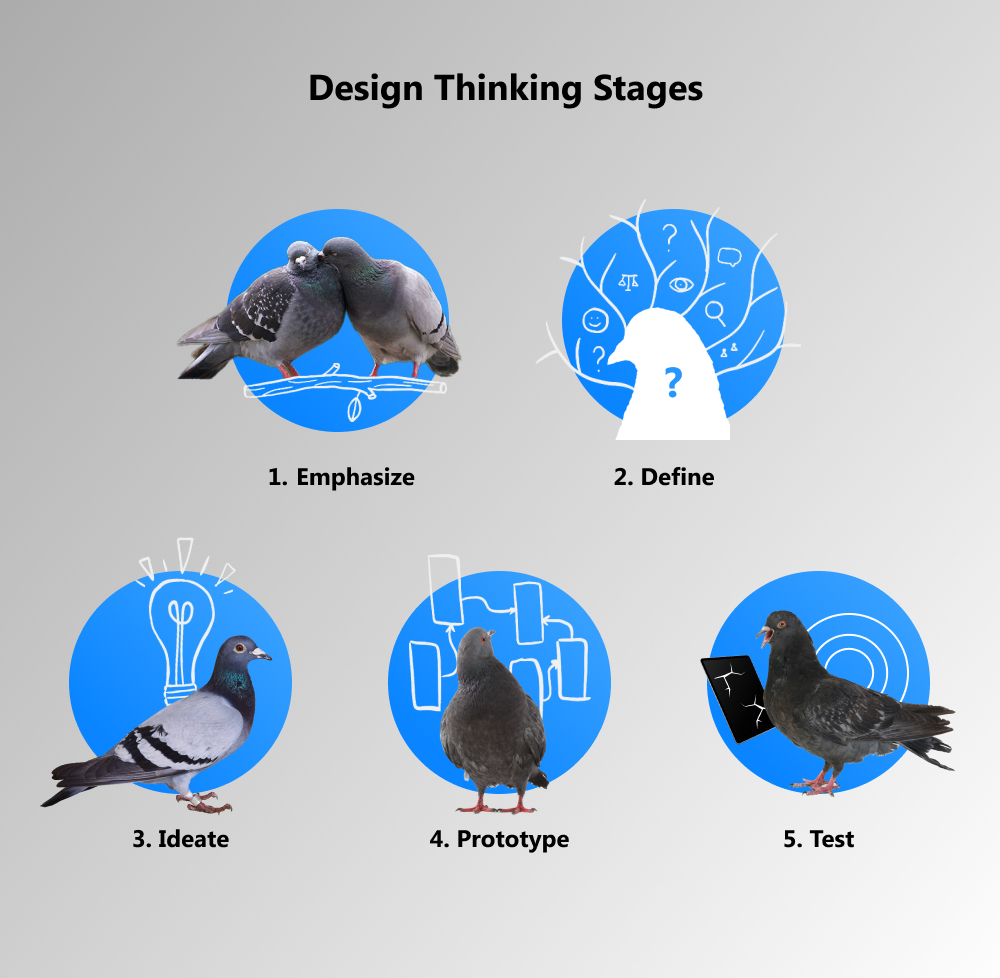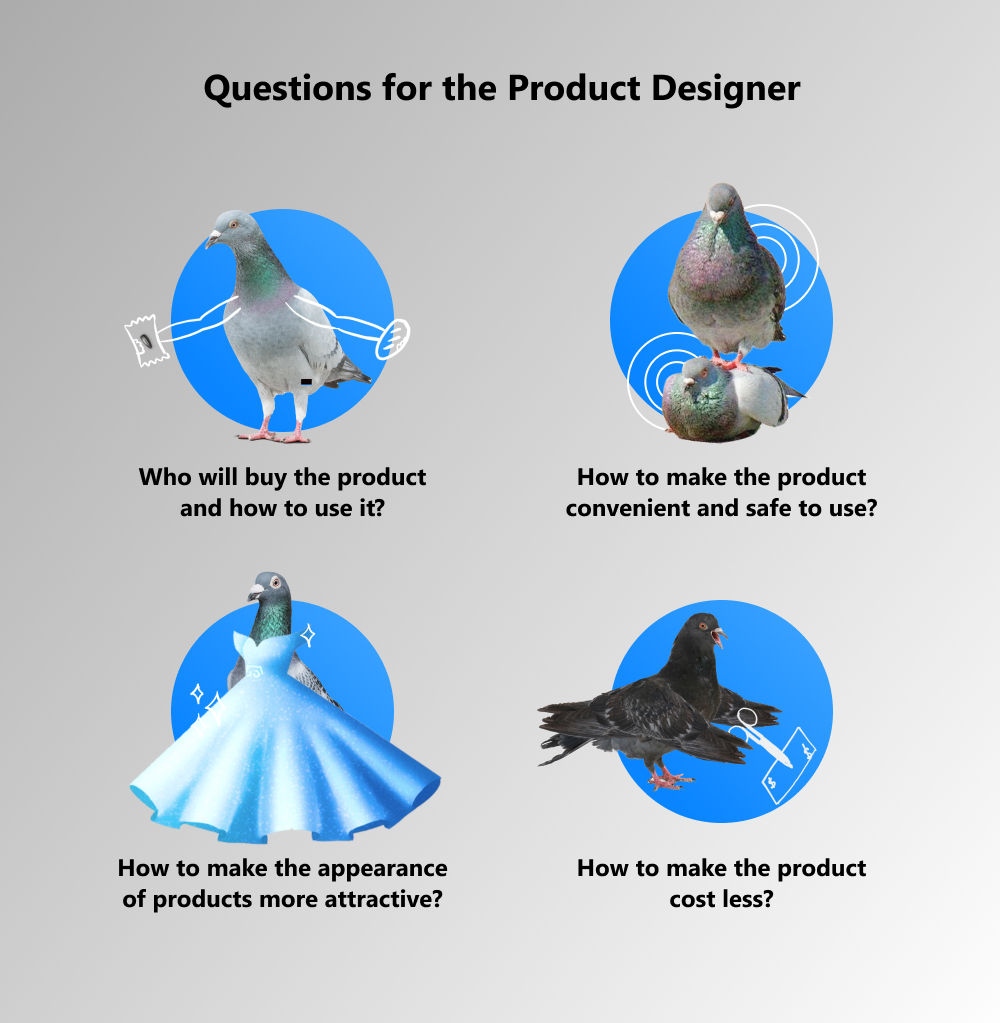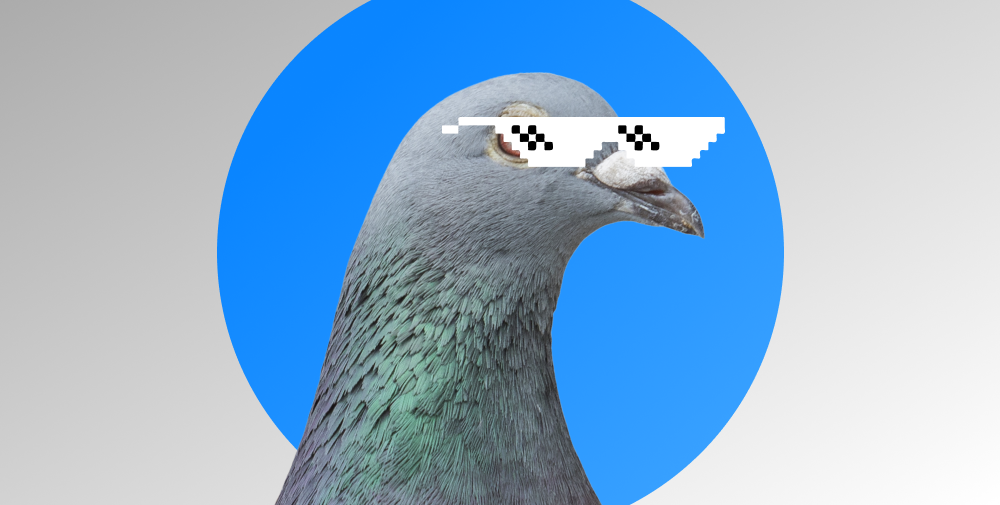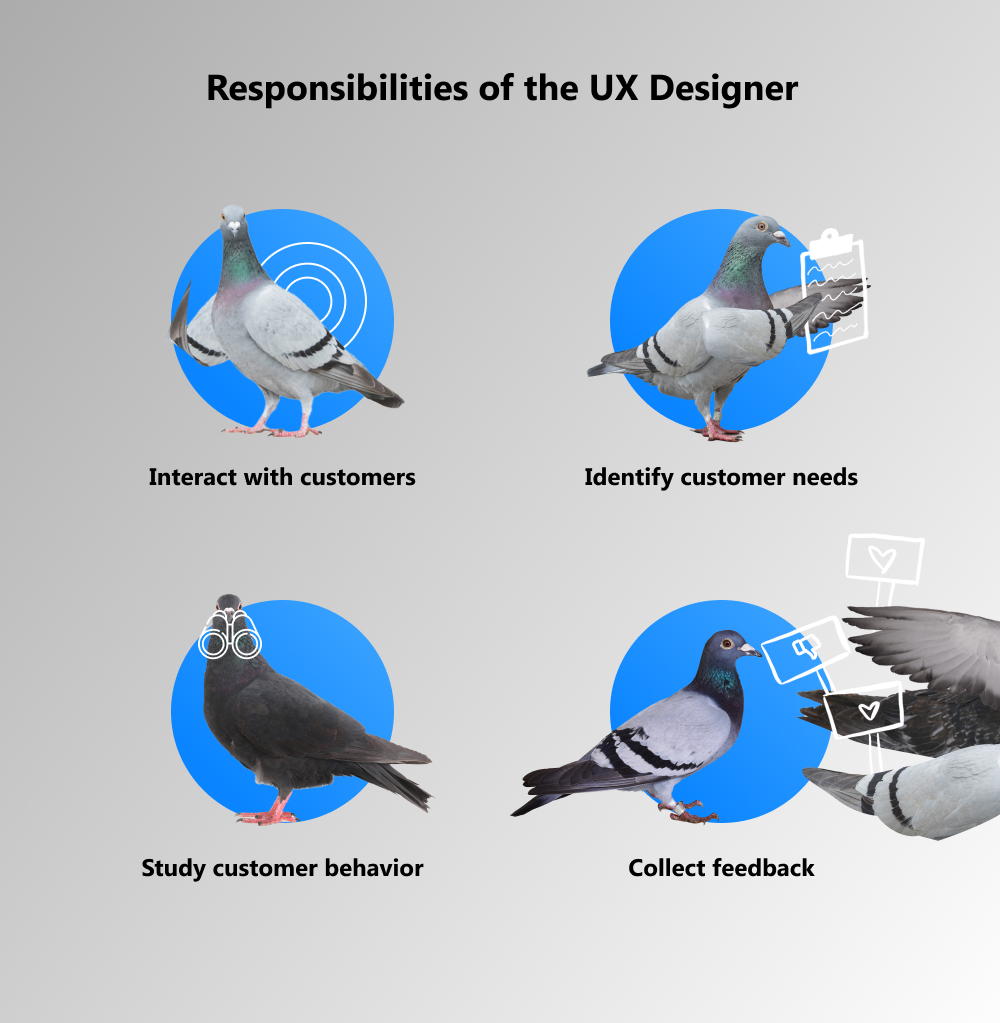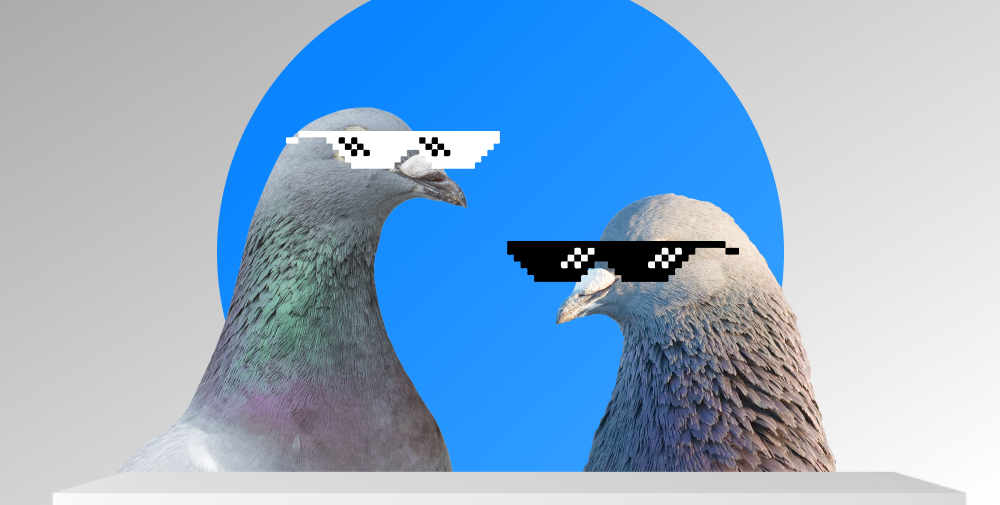In the juxtaposition "product designer vs. UX designer", you see two positions that are regularly utilized but commonly confused. In this piece, we shall look at the differences between the two roles, at their responsibilities and outputs so that you can determine which role is most suitable for your next product development.
written by:
Elizabeth Starikova
UX/UI Designer,
Qulix Systems
In the juxtaposition "product designer vs. UX designer", you see two positions that are regularly utilized but commonly confused. In this piece, we shall look at the differences between the two roles, at their responsibilities and outputs so that you can determine which role is most suitable for your next product development.
Contents
Why is the design so vital for your success?
With rapidly advancing technology and user expectations, the design has evolved into a more complicated concept with a number of new roles emerging as a result. Meanwhile, design has become a determining factor in a product’s success these days. According to the report published by Adobe in 2016, 59% of the people choose to do business with one company over another based on a good design, whilst 46% responded that they wouldn’t purchase a product or service from a company with a poorly designed website or mobile experience.
Product and UX designers are both important actors in the design and marketing strategy of a business and misconceptions in definitions are very common when it comes to filling design positions. Although both kinds of design require very similar technical skills and serve similar interests, there are some distinctive differences between them.
However, before comparing the two, it’s important to understand the design process, which can be broken down into 5 Design Thinking stages that overlap and are iterative by nature.
1) Empathize
This stage is crucial for creating a human-centered design since only by doing user research and deep-diving into your user needs, you switch from your own assumptions to those of the target audience. A designer may like flowers and gardening so it will be hard for him/her to grasp what a car app should look like.
2) Define
Now the designer aggregates and analyzes the data collected previously to define the core issues, problems, and user needs and proceed to the so-called problem statements.
3) Ideate
Here starts the creative part. On the one hand, the designer has got a lot of data from the previous two pages, while on the other side it's better to think out-of-the-box and find alternatives to the conventional ways of dealing with one and the same issue. For example, users will want to make money transfer via the app. How can we arrange the interface so that no unnecessary buttons are in the user's way?
4) Prototype
Briefly, it's time to experiment with various versions of the future product and see how they look and feel in real-life use.
5) Test
It helps to see the drawbacks of the initial idea and round off rough corners. During this stage, it's quite possible to return to previous stages and make amendments to the prototype.
As we’ll see in this piece, both of these roles interact very differently with these stages which is why it’s crucial you utilize them correctly.
Who is a product designer?
So first up, a product designer. The name maintains a level of ambiguity and that’s actually because the role itself can often be ambiguous. Product designers are highly skilled full-stack generalists whose responsibility is to elaborate upon the product from start to end, helping to solve the problems that can happen throughout the product development process. There is no specific step of the process that they own, instead, they are the party maintaining the focus on the end product.
As a result of this, product designers are often experts in multiple areas (coding, UX design, project management, etc.). They work on synergies, bringing different stakeholders together whilst ensuring that the end product is still delivering a solution to a user’s problem, is cost-effective, and brings a long term benefit to the business. Therefore for this type of role, it is best to have someone experienced and multi-disciplined in your product’s market.
What responsibilities does a product designer have?
Ultimately, then, it is the product designer themself who is responsible for the product and its success. There are four useful questions that product designers should be asking themselves which can highlight clearly the responsibilities of this role.
These questions show how a product designer is responsible for having a comprehensive understanding and ownership of the product, needing to think end to end of how to build and design the product. They have to understand and analyze its position in the market, the long-term strategy of the product, even communicate the new product to internal stakeholders, senior management, or the market itself.
It is at this point that the lines then begin to be blurred with a UX designer as these questions seem to cover the question of a user experience designer. Let’s first look at who these UX designers are and then we shall compare the two.
Who exactly is a user experience designer?
A UX designer is focused in a more acute way than the end-to-end vision of the product designer. The UX designer is looking at the feel and flow of a product, making sure that the product makes sense to the end-user. They will organize in-person testings before launch to visually and verbally witness the stumbling blocks that a user may come across. They’ll then take this and iterate the product’s design until it solves whatever obstacle they had come across. It is crucial that they remain focused and driven by people and their to-be experience with the product — getting into the user’s mindset is integral to a UX designer’s role.
The main goal of a user experience designer is to continually measure and improve the product’s usability by analyzing and testing users’ needs and pain points. In order to satisfy a consumer, a UX designer needs to offer an affordable, easy-to-use solution with a seamless user experience. Thus, the main aim of user experience design is the enhancement of product usability and accessibility. These designers will focus on evaluating the behavioral patterns of users and generating a variety of solutions of how a specific app can fulfill their needs.
Good UX designers should be curious, passionate, empathetic, and have excellent time management skills to be able to create a seamless experience for the end-user.
What responsibilities does a UX designer have?
From this description, we can tell that a user experience designer’s main responsibility is the interaction with customers, identifying their needs, studying their behaviors, and, ultimately, collecting their feedback for further product refinement. But what should they actually do?
Well, on top of these interactions, they should create user personas and map out different user scenarios with a flowchart of the user’s interaction with the product. They should help to develop solutions or prototypes around the user's needs. They should partner closely with developers, QA, and product managers to rapidly iterate designs based on user feedback, tech constraints, and market dynamics. And as a result, they should produce a clear, user-centric design across mobile, desktop, web, and hardware endpoints that match the criteria and solves the feedback provided in the early testing.
What, then, are the differences between a product designer and a UX designer?
So when we dive into the roles and their respective responsibilities, we begin to see quite some differences in their functions. Hire a product designer and you are hiring an experienced head to navigate your product design from start to finish, guiding different teams from initial idea design to final go-live of the product, focusing on the business and financial aspects of the product.
Whereas, hire a UX designer and you are taking on someone whose sole goal is to make a user-friendly end product. They will be asking questions such as “How do I make my design user-friendly?” while a product designer is asking themselves “How do I make my design more cost-effective?”. It’s in these caveats that we begin to see the different mindsets that each role can bring.
For a UX designer, the priority is usability. For a product designer, it’s the process, business, cost, and brand. A UX designer will identify problems, and a product designer will propose solutions. Despite the fact that both jobs require a high level of design skill, we can see that there is a higher level of decision making and business acumen required in the product designer position, whereas the UX designer job involves more specific design responsibilities including research and technical implementation.
What are the similarities between a product designer and a UX designer?
Despite this, they do share many similarities. They both partake in the same design thinking methodology and mindset. The product designer does as well still have a focus on the end-user just like the user experience designer. Both roles also still do their market research on the product as well, however, the UX designer here does the most of this.
On top of these, the characters and soft skills needed for these roles are very similar. Empathy is incredibly important for both in their approach to the development — understanding the pain points of an end-user and trying to solve them. Collaboration between stakeholders is also key to ensure that the correct solutions are put in place by the developers/engineers/any relevant stakeholder. Curiosity and critical thinking will also be two important skills finally for both individuals. To rationally and logically analyze a problem, to be curious about what possibilities there are to solve it, and then to carefully plan the solution will be necessary skills for both.
So, who are you looking for?
The question then stands, who is now the correct fit for your role? We often hear the question “I need a designer”, especially from smaller companies and startups who need someone to be able to do a bit of everything. In these circumstances, the answer would be a product designer — someone who can guide the design and development of the product, use their relative experience to avoid common pitfalls, and help to support in finding solutions for any problem. The product designer is there to bridge all the teams and visions together to create the best possible product and is indispensable in a product design that seeks the highest quality.
However, if you have a project for your business that involves many points of interactions (e.g. an online store) and are thinking more of the visual end product as well as want to be sure that your consumers are satisfied with the customer journey they will experience with your product, then think of a user experience designer. This will assure you that someone with expertise in the field of the user, someone who is focused solely on people and the usability of your product, will control the final B2C endpoint of your shiny new product.
If you are looking for a product or UX designer for your project or would like to learn more about these roles, please visit our website or get in touch with our support team.

Contacts
Feel free to get in touch with us! Use this contact form for an ASAP response.
Call us at +44 151 528 8015
E-mail us at request@qulix.com


